
Do you have a question about the Smiths Medical PORTEX Bivona 60A170 and is the answer not in the manual?
| Brand | Smiths Medical |
|---|---|
| Model | PORTEX Bivona 60A170 |
| Category | Medical Equipment |
| Language | English |
Ensure correct diameter & length for tracheostomy tube. Size markings aid identification.
Avoid right-angled connectors with protruding tubes to prevent airway occlusion.
Do not use lubricating jelly, as it may occlude the cannula or prevent retention.
Ensure lumen patency via regular suctioning, checking, cleaning, or replacement to avoid blockage.
Do not force insertion. Discard damaged cannulas. Seek alternatives if replacement fails.
Avoid excessive force during removal to prevent accidental outer tube detachment.
Adequate humidification minimizes encrustation of the tube and inner cannula.
Avoid rotational or linear forces on the tube during system attachment to prevent disconnection.
Always remove the inner cannula from the tracheostomy tube before initiating cleaning.
Do not use abrasive implements. Use sterile water, saline, or recommended cleaners/swabs.
Handle with care during cleaning to prevent kinking or damage of inner cannulae.
Check breathing system connector security when established and frequently thereafter.
Replacement cannulas are for single patient use. Usage recommended up to 29 days.
US Federal law restricts this device to sale by or on the order of a physician.
Dispose of product safely according to local guidelines for contaminated waste.
Follow universal precautions as specified by health authorities.
Inner cannula reduces lumen size, potentially increasing pressure drop. Consult provider if concerned.
Check inner cannula for kinks or damage before insertion or reinsertion.
Align cannula hub with connector, ensure secure insertion. A slight snap indicates proper fit.
Inner cannula hub designed for specific connectors (a); older designs (b) may not accept it fully.
Disconnect the tracheostomy tube from the breathing system if attached before replacement.
Remove the existing inner cannula using the grey ring pull.
Insert new or cleaned cannula. A slight snap indicates proper positioning.
Reconnect the breathing system securely and check for security.
Discard the old inner cannula if it is damaged.
Daily cleaning recommended or when contaminated. Adjust frequency based on patient secretions.
Handle and clean with care due to thin, flexible material. Avoid excessive force during insertion.
Do not re-sterilize or use brushes, autoclaves, dishwashers, or aggressive cleaning methods.
Only use the provided cleaning swab. Do not use other types of swabs or brushes.
Soak in non-coloured, non-scented enzymatic cleaner to remove biological material.
If enzymatic cleaner is unavailable, soak in warm water with mild soap solution.
Rinse well with clean water, then use a dedicated swab with a twisting motion to remove contamination.
Advance swab through cannula in a forward twisting motion. Do not pull back through the cannula.
If secretions cannot be removed without risk of damage, discard the cannula and use a new one.
Allow cannula to air dry. Store free from particulate matter.
Inspect for dust, contamination, damage, or kinking. Discard and replace if observed.
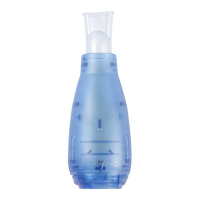
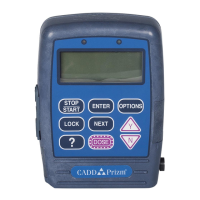
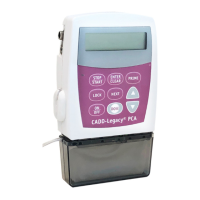
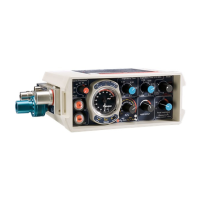
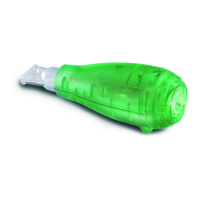
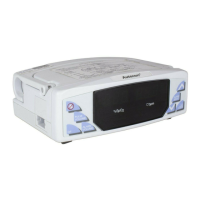
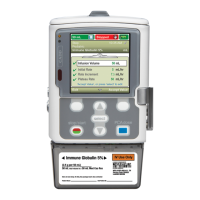
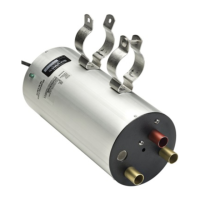

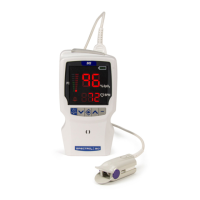


